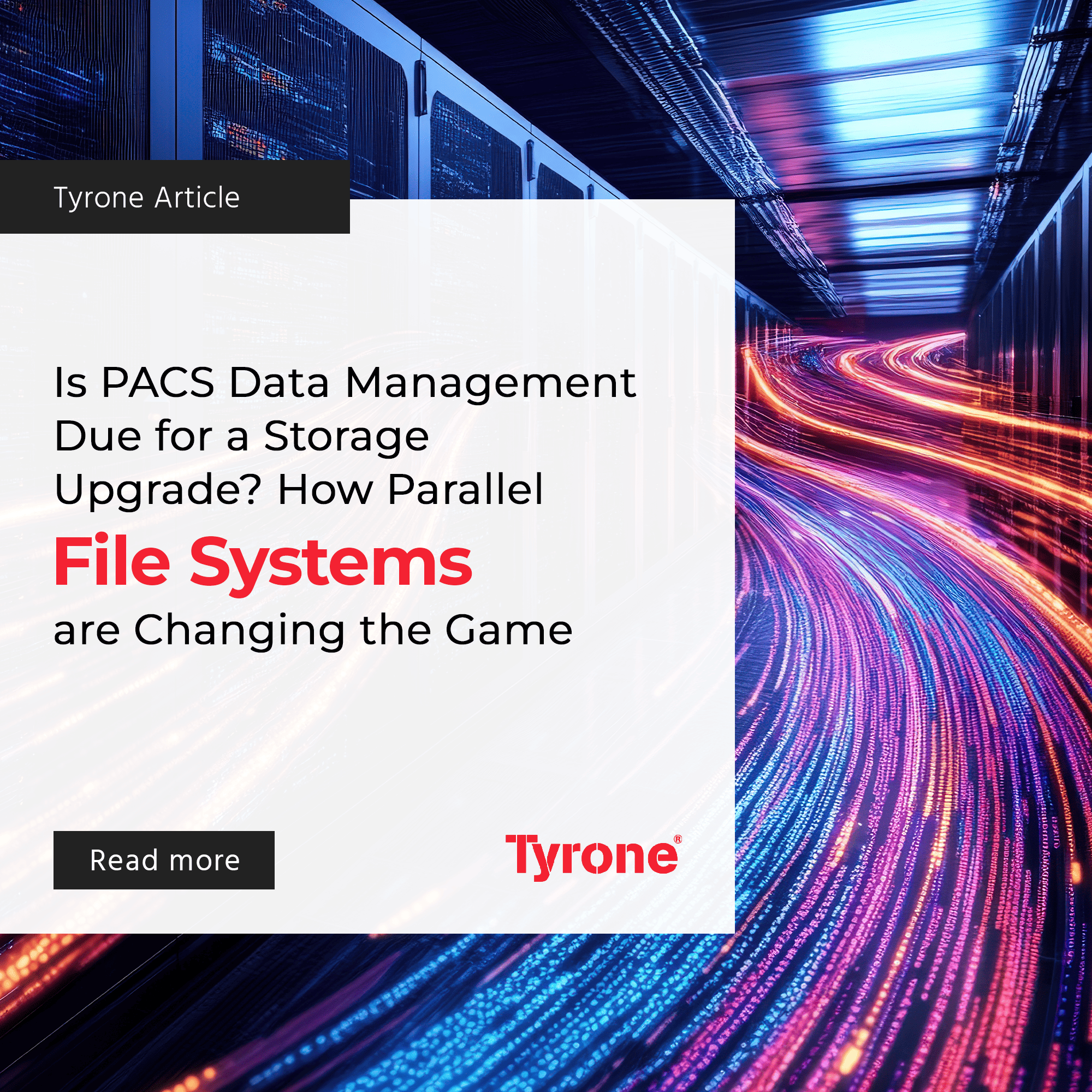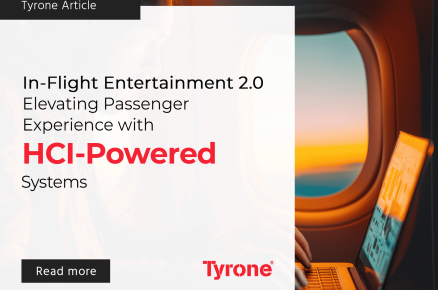Introduction
Picture Archiving and Communication Systems (PACS) have become the backbone of modern healthcare imaging workflows, storing everything from high-resolution MRI scans to complex multi-slice CT studies. As imaging modalities evolve, the data generated is growing exponentially in both size and complexity.
Add to this the long-term retention mandates, spanning from several years to multiple decades, and the result is immense pressure on existing storage infrastructures. For many healthcare organisations, the question is no longer if a storage upgrade is needed, but how soon. Increasingly, stakeholders are looking to Parallel File Systems (PFS) as a way to deliver the scalability, performance, and reliability that traditional architectures are struggling to match.
The Rising Pressure on PACS Storage
Medical imaging data is one of the fastest-growing segments of healthcare IT. A single 3D imaging study can be hundreds of megabytes, and large hospitals may process thousands of such studies daily. Over time, this results in petabyte-scale archives.
Traditional PACS storage architectures, often built on centralised network-attached or storage-area systems, can become bottlenecks when faced with this growth. Performance can degrade as more users compete for access, and scaling often requires disruptive upgrades.
The financial impact is also significant. Storage infrastructure is often one of the single largest expenses in a PACS deployment. Additionally, imaging retention requirements can extend up to 30 years in some jurisdictions (Source: RamSoft), which means today’s capacity planning must account for decades of growth.

Why Traditional Architectures Struggle
Legacy PACS storage typically suffers from three key limitations:
- Limited Scalability – Expanding capacity often involves major hardware changes and planned downtime, creating operational risk for clinical services.
- Performance Bottlenecks – With centralised architectures, a surge in access requests, such as during morning reporting sessions, can overwhelm the system.
- Complex Maintenance – Integration with other hospital systems and proprietary vendor solutions can make even minor changes slow and costly.
For stakeholders, these constraints translate into increased operational costs, greater risk of downtime, and growing dissatisfaction from clinicians who expect near-instant image retrieval.
Parallel File Systems: A Different Approach
Parallel File Systems take a fundamentally different approach to data storage. Instead of relying on a single controller or centralised server, PFS architectures distribute both data and metadata across multiple storage nodes. This enables multiple parallel data paths, allowing many users to read and write simultaneously without a single point of congestion.
Key Advantages for PACS Environments:
- High Throughput & Low Latency
By striping files across multiple storage targets, PFS can handle large imaging studies quickly, even under heavy concurrent access. - Seamless Scalability
Capacity and performance can be expanded incrementally, often without service interruption, ensuring that storage growth aligns with demand. - Distributed Metadata Management
Instead of a single metadata bottleneck, PFS distributes metadata handling, enabling faster directory access and more efficient file lookups. - Resilience & Availability
With built-in redundancy and fault-tolerant configurations, PFS can continue operating even when individual nodes fail, reducing clinical downtime risk.
Strategic Benefits for Decision-Makers
From a leadership perspective, Parallel File Systems align with several high-priority organisational goals:
- Operational Continuity – Always-on availability, even during upgrades or expansions.
- Future-Proofing – Designed to handle multi-petabyte archives without re-architecting.
- Cost Efficiency Over Time – Modular, scale-out design reduces the need for costly “rip and replace” migrations.
- Improved Clinician Experience – Faster access to images directly supports better patient care and workflow efficiency.
When to Consider a Shift to PFS
An organisation should seriously evaluate PFS for PACS if:
- Current storage struggles to meet performance expectations during peak usage.
- Expansion projects require significant downtime or disruption.
- Retention policies demand decades of reliable, high-capacity storage.
- Total storage costs are rising disproportionately to capacity increases.
Comparison Snapshot
| Factor | Traditional PACS Storage | Parallel File System (PFS) |
| Scalability | Complex, often disruptive | Modular, seamless |
| Performance | Bottlenecks under heavy load | Consistently high throughput |
| Metadata Handling | Centralised bottlenecks | Distributed, efficient |
| Upgrade Process | Downtime required | Non-disruptive |
| Long-Term Cost Trend | Steep with capacity growth | More controlled with scale-out design |
The Bigger Picture
Parallel File Systems are not just a technical upgrade, they represent a strategic shift in how healthcare organisations manage imaging data. The move away from monolithic, hardware-bound systems towards distributed, parallel architectures is in line with broader trends in high-performance computing and big data analytics.
For PACS stakeholders, the decision comes down to readiness:
- Are current systems delivering the performance clinicians need?
- Is the storage architecture flexible enough to meet future growth?
- Can upgrades happen without putting patient care at risk?

Conclusion
The demands on PACS storage will only intensify as imaging technology advances, file sizes increase, and retention requirements remain stringent. Parallel File Systems offer a clear path forward, combining scalability, resilience, and performance in a way that traditional architectures cannot match.For stakeholders seeking to balance operational efficiency with future-proofing, a PFS-based architecture deserves serious consideration. The organisations that act now will position themselves to handle the next decade of imaging growth with confidence and control.












